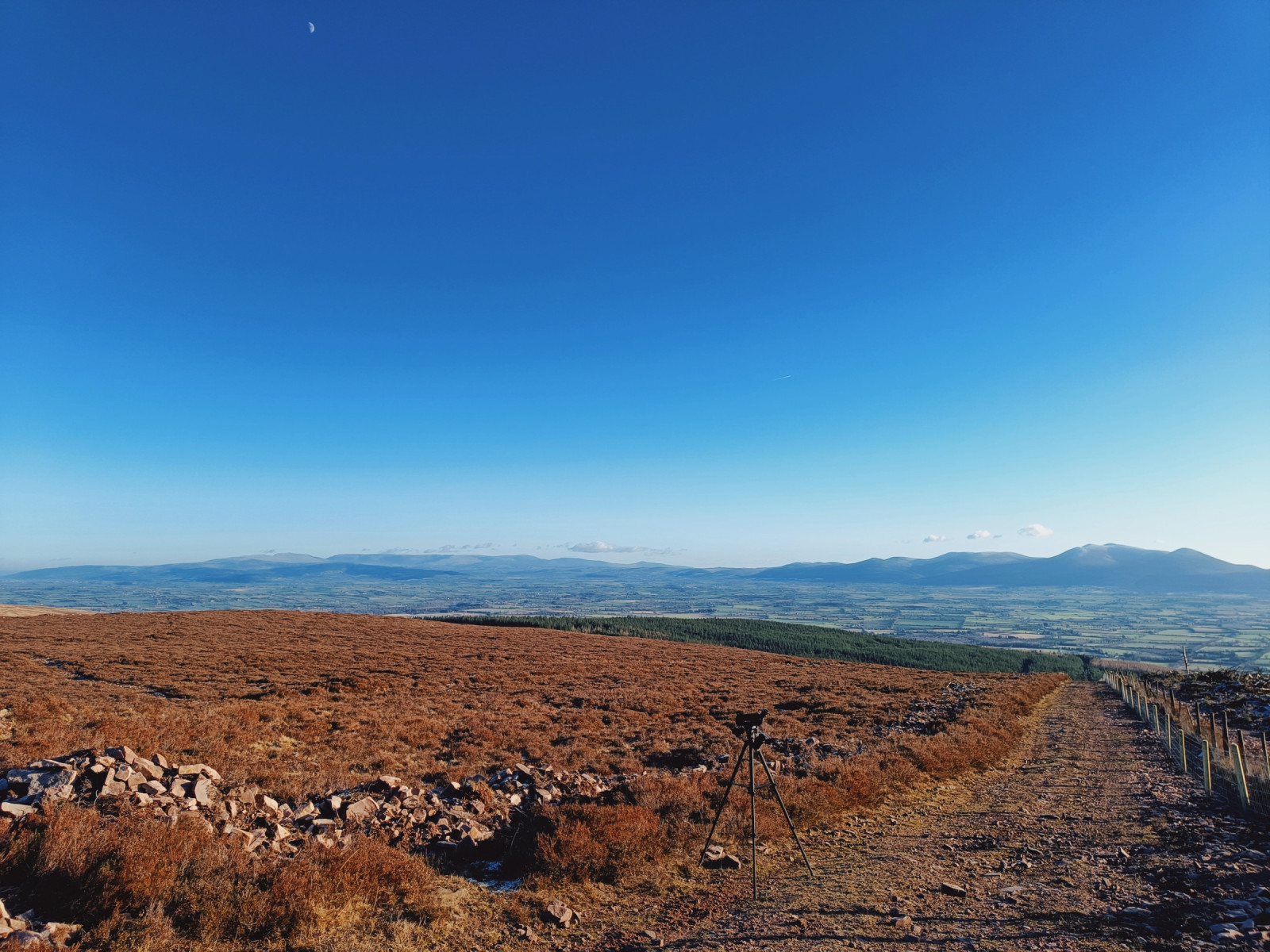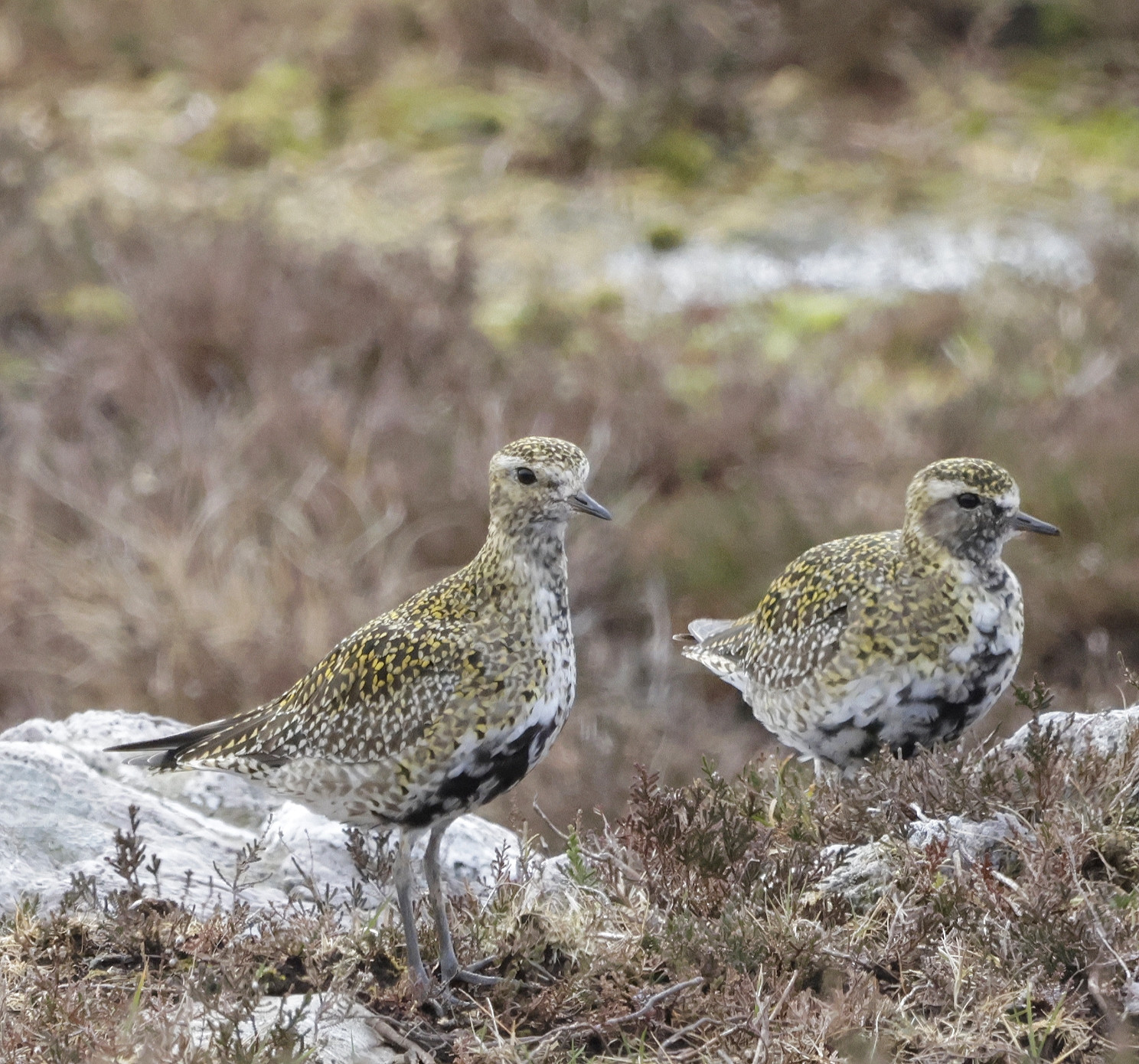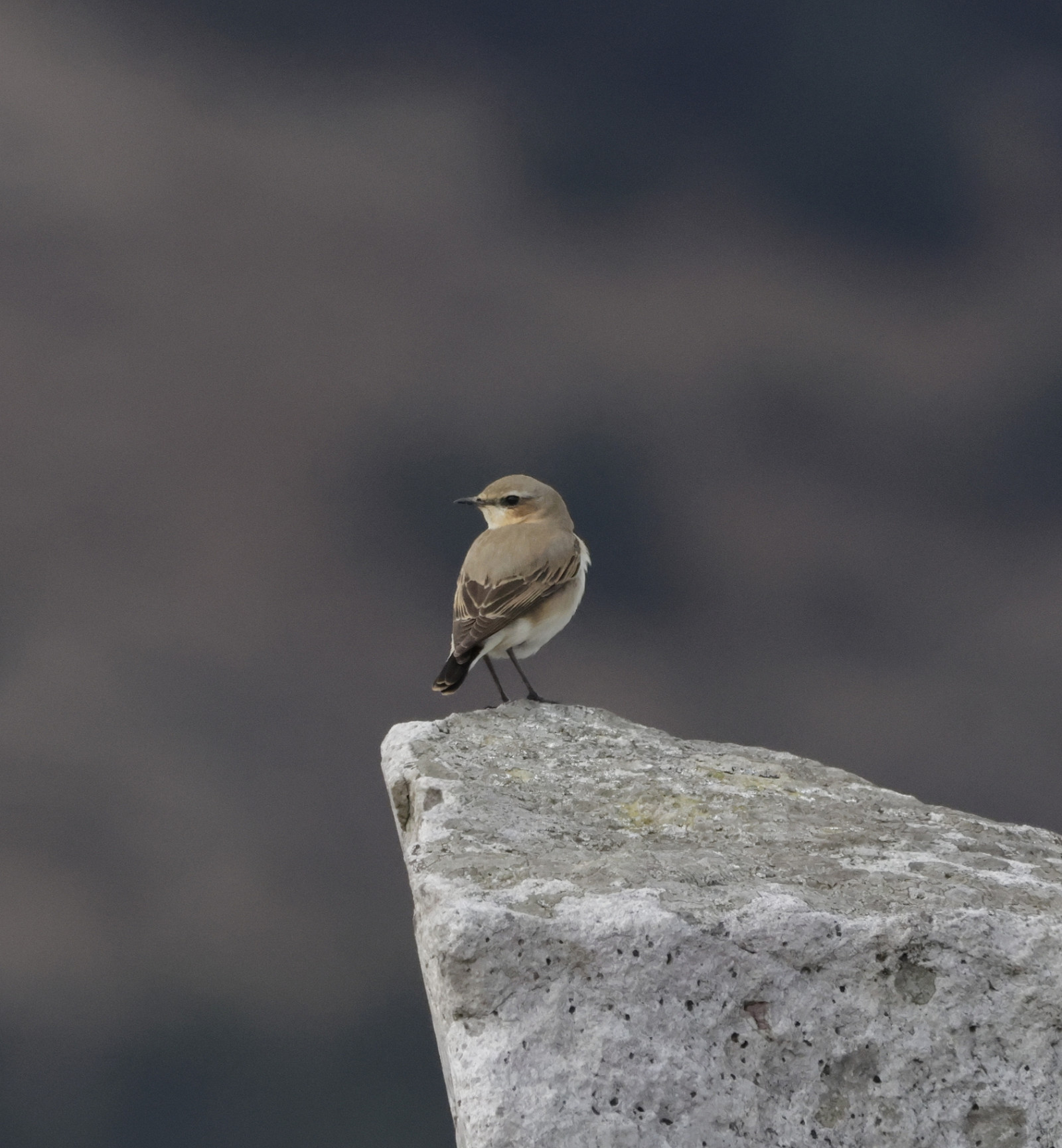Opis
The Lower Galtee Mountains may not be as tall as nearby Galtybeg and Galtymore, but they offer a mix of habitats with a wider diversity of species presence throughout the year. At the car parks, there is a mix of decidious and coniferous woodland which is excellent for pełzacz leśny, sójka and krzyżodziób świerkowy. dzięcioł duży has also recently colonised the area.
Above the treeline, there is a mix of blanket bog and heather/moorland. Multiple raptor species can be encountered here, including błotniak zbożowy, drzemlik, pustułka (zwyczajna) and sokół wędrowny, particularly in the winter and spring. The area of Tullanebone Mountain is probably the best area for these species. It is also the best area for seeing and hearing Pardwa mszarna, particularly in February and March. March is arguably the best month for a hike in this area to see all these species and there is also a chance of encountering waders such as siewka złota, kszyk and bekasik.
In the summer, skowronek, świergotek łąkowy, kląskawka, białorzytka and kukułka can all be encountered. In the recently felled plantations and immature woodlands, słonka can be seen roding at dusk and there is also a chance of seeing lelek which has been recorded in the area on occasion.
Szczegóły
Dostęp
There are multiple car parks (see map) and trail options available. The best option to see the most species is to hike to Tullanebone Mountain. Some of the trails are very steep and can be slippery especially in the winter so caution is advised. There are a number of gates on the trails, please remember to close them after you.
A car is the best option for getting to the area. Buses and a train run to the nearest town in Cahir. It is possble to cycle from the town if one has a mountain bike but be prepared for some steep climbing and poor trail conditions at times.
Teren i siedlisko
Las , Rzadkie drzewa i krzewy , Wrzosowisko , GóryWarunki
Pagórkowaty , GórzystyTrasa dookoła
TakCzy luneta będzie przydatna ?
NieUdany sezon obserwacyjny
Zima , Lato , WiosnaNajlepszy czas na wizytę
WiosnaTrasa
Droga nieutwardzona , Wąski szlakPoziom trudności szlaku pieszego
ForsownyDostępne
Pieszo , Rower , SamochódCzatownia/platforma obserwacyjna
NieDodatkowe informacje
Other than birds, it is easy to see Fallow Deer in the area. Irish Hare, Pine Marten and Red Fox can also be encountered. The general area is also very good for płomykówka (zwyczajna) and one may encounter one early in the morning or late in the evening when travelling to and from the mountains.
Like any mountain, the weather can change drastically and it's important to prepare for all weather and check the forecast before going out.



